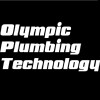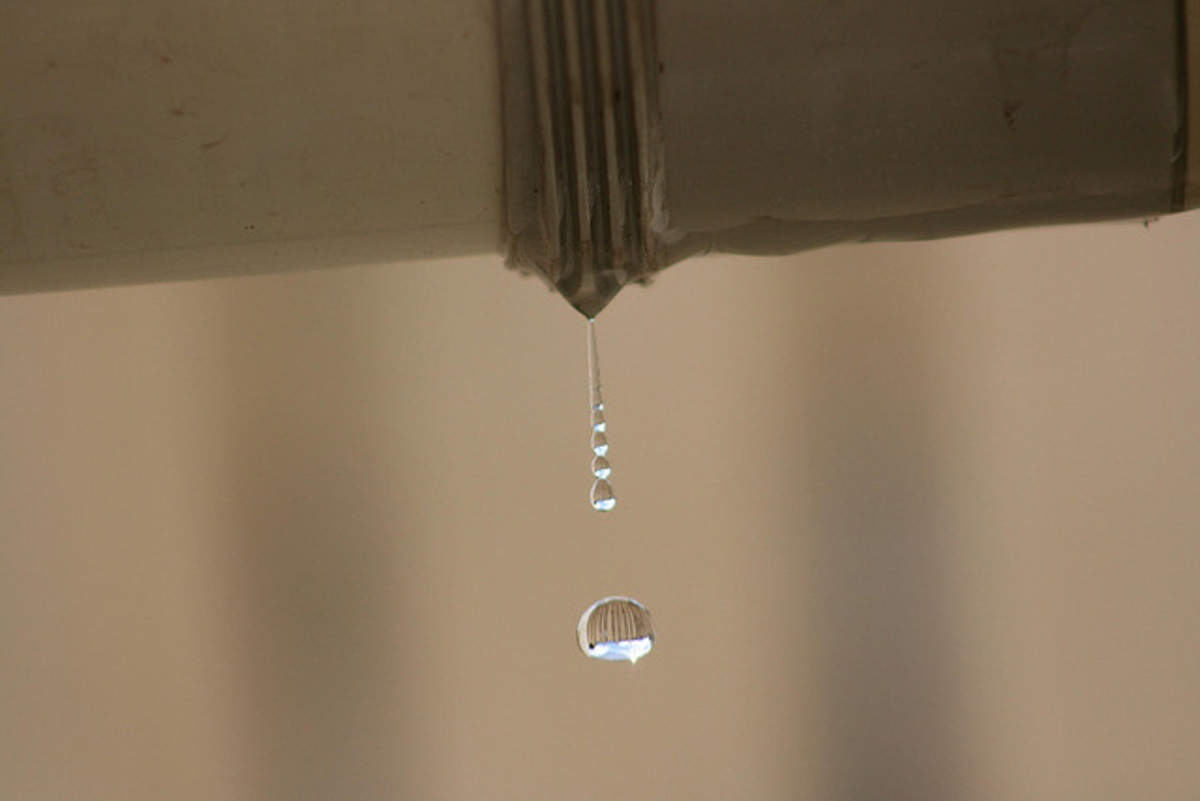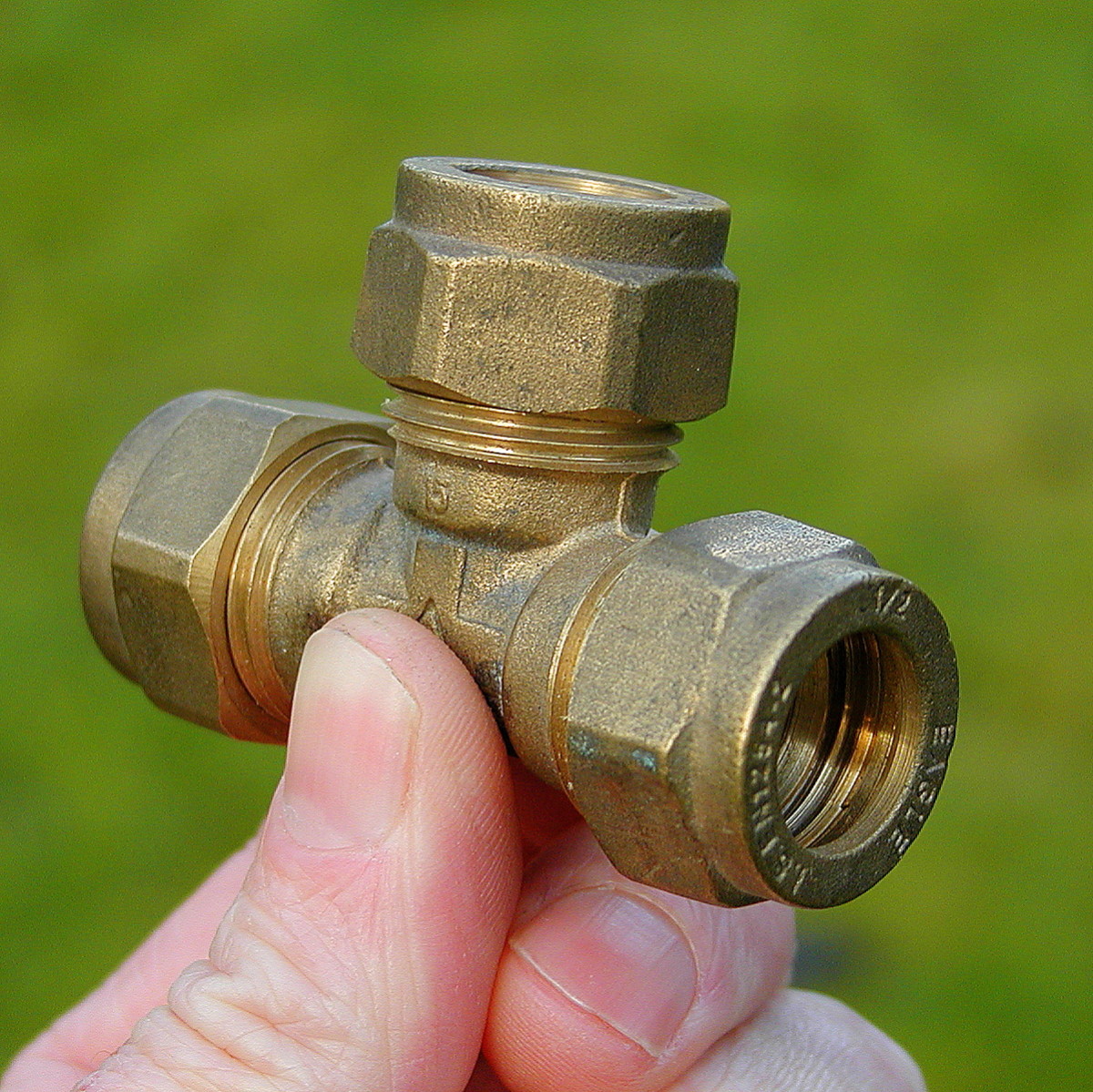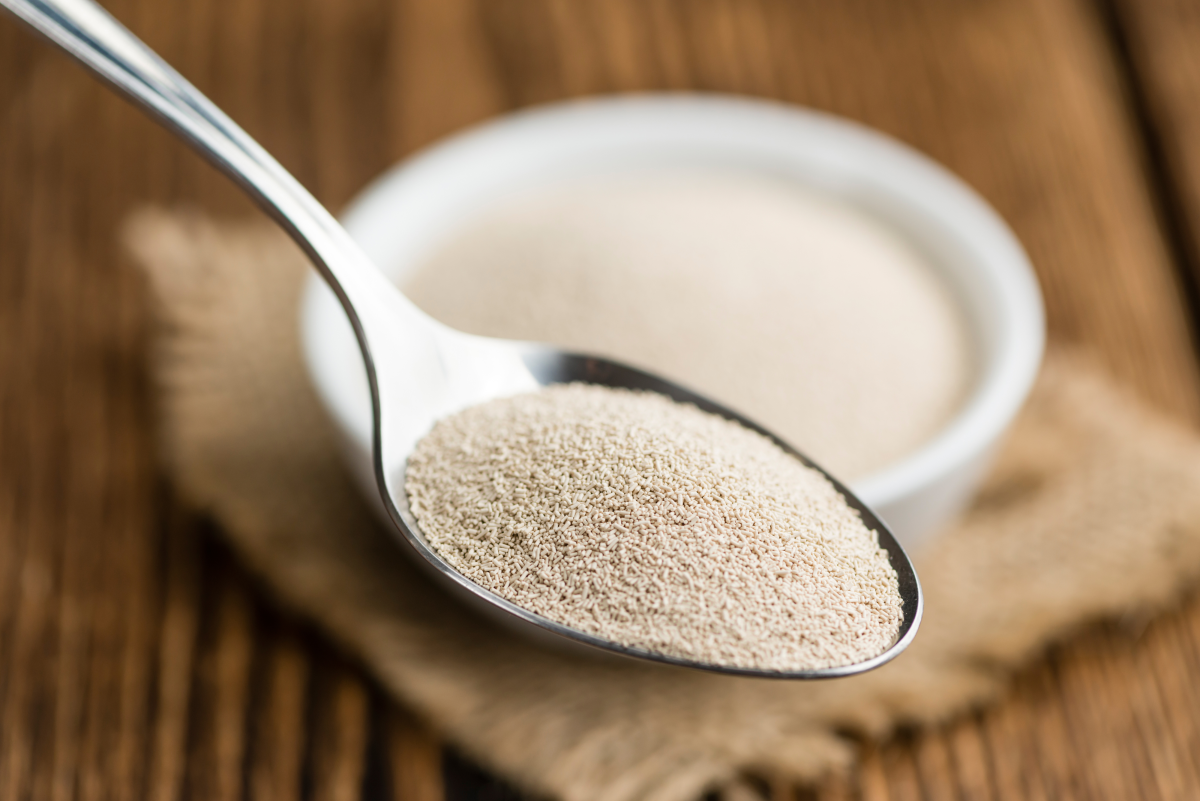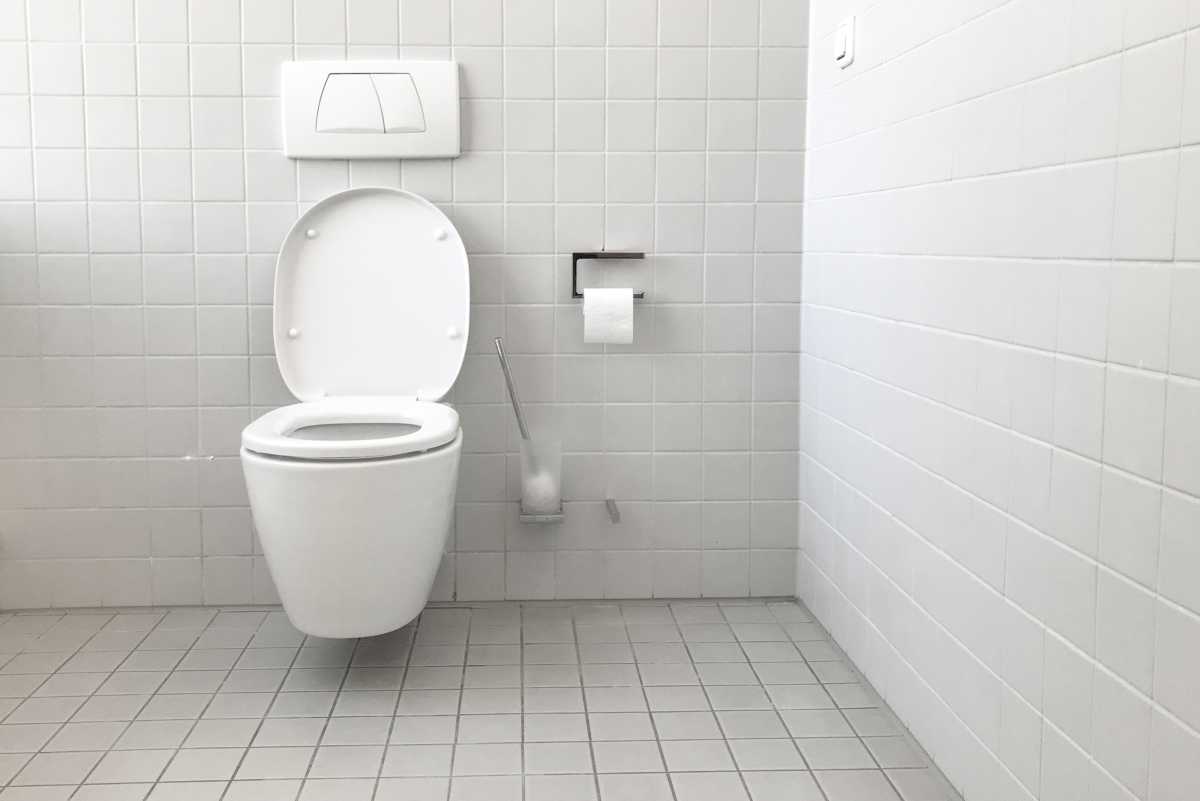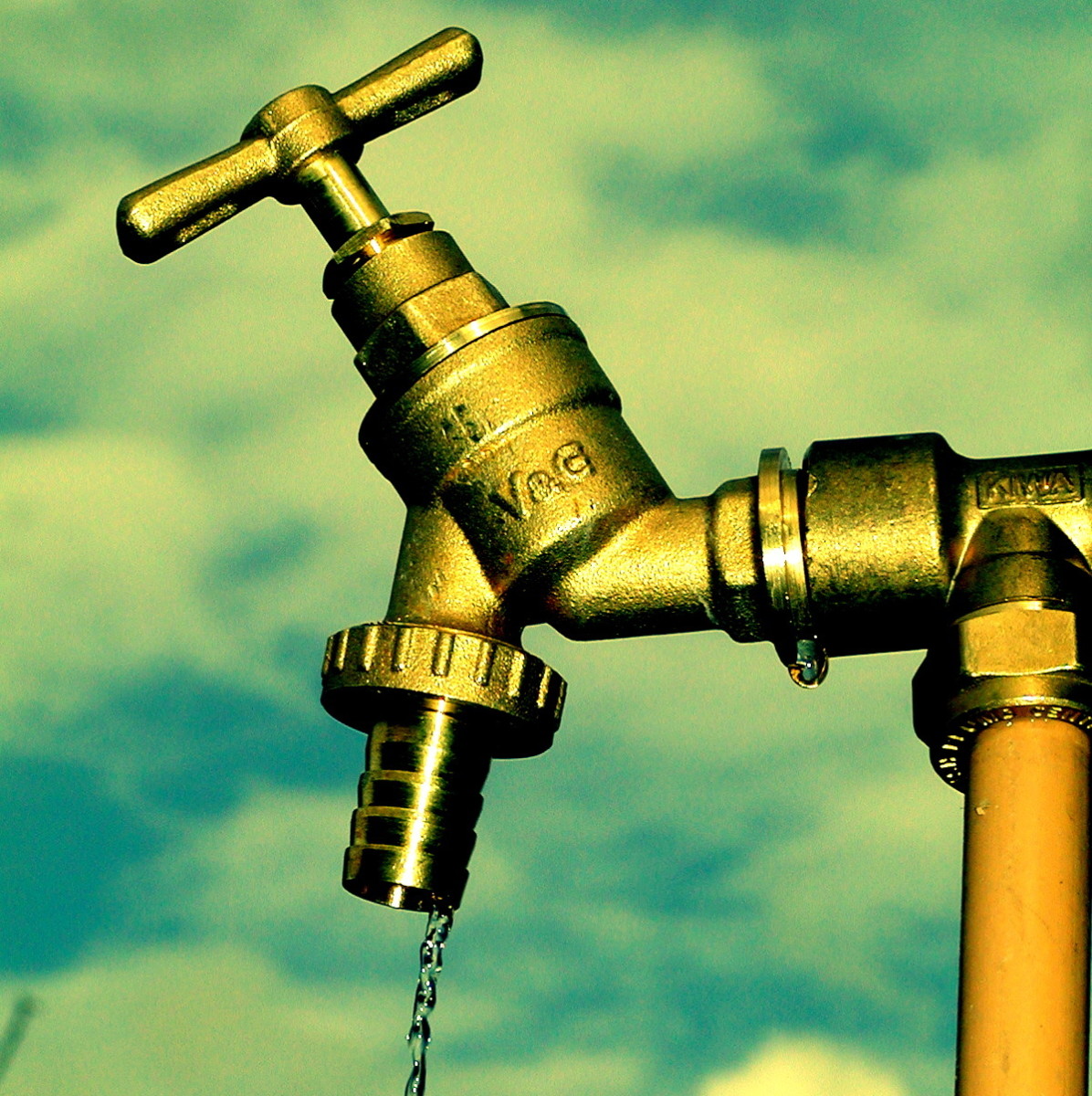Inside a Plumber's Toolbox
Every day, plumbers run across a wide variety of problems in several different settings that each require a number of different tools to address. Whether interest lies in learning the trade or simply a better understanding, here are just a few items likely to be found in a plumber's tool kit.
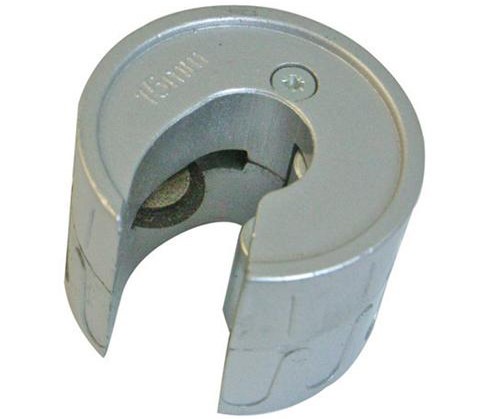
Pipe Cutters
Pipe cutters, as their name suggest, are used to cut pipes. These specialized tools are used in place of hacksaws because they provide a faster and more convenient way to get a clean cut on most types of metal pipes. However, they are more limited in use and can leave a burr around the inside of the tube. This should be removed as it can restrict the flow of fluids and cause turbulence.
There are two types of pipe cutters: plastic tubing cutters and a standard pipe cutter. The former appears similar to pruning shears and can be used for thinner pipes and tubes like sprinkler pipes. The latter is used for thicker pipes, having a sharp wheel and adjustable jaw grips. They are used by rotating the pipe cutter around the pipe and repeatedly tightening it until it cuts all the way through.
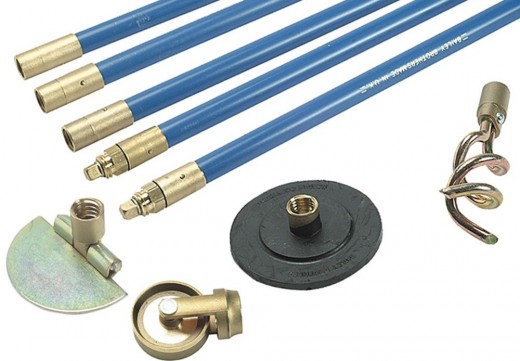
Drain Rods & Accessories
Drain rods are flexible but stiff rods used to attempt to unblock drains and sewers. Each is approximately one meter long, generally made of polypropylene heavy gauge tubing, and may be screwed together end to end for a longer reach. Attachments, such as plungers and corkscrews, can be attached to the end in order to dislodge the blockage.
Occasionally, when subjected to force, the joints may break. Better quality ends have securing pins through different material. Better quality rods have their ends formed into a square peg, mating in a matching square hole in the adjacent rod. A captive threaded nut then screw locks both lengths together making a firm joint then tightens the joint firmly with a spanner.
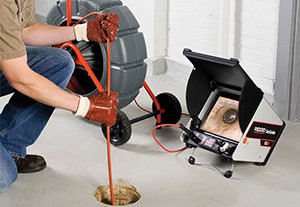
Inspection Camera
Perhaps one of the more expensive but most important tools in their arsenal, inspection cameras are a modern innovation that allows plumbers a better understanding of a problem and a way to find the best individual solution in a non-invasive, accurate, and cost-efficient way.
Plumbers are generally professionally trained in the use of these tools, composed of a flexible rod with a high resolution camera on its tip, but they can also be rented by individuals as well. The small rod fits pipes from two to thirty-six inches in diameter and may extend a far as the length allows. The video is then shown on a display and may even be recorded for future reference.
These are often requested in searching for lost items, inspecting potential homes for hidden problems, remodeling inspections or checking septic systems to monitor their health.
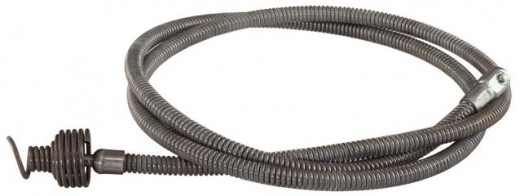
Plumbing Snakes
Plumbing snakes are slender, flexible augers used to dislodge clogs in plumbing. While there are several types of snakes or augers, including hand spinners, toilet augers, drum augers and roto-rooters, they generally have a coiled helix-shaped metal wire with a broader gap between the coils at the terminal end. Their sizes can range from hand held products to large coils requiring carting systems.
During use, the operator turns a crank to rotate the helix as it moves through the pipe. Depending on the type of clog, the auger may break it up enough to allow flow. Other small, lightweight obstacles may be corkscrewed by the auger and pulled out of the pipe. Minerals and oil are also scraped off the interior walls as it moves up and down the pipe.
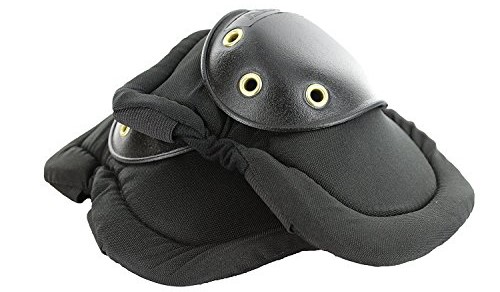
Knee Pads
Though it may seem out of place, knee pads are an important tool for the well-being of the plumbers themselves. Sixty percent of knee injuries due to wear and tear from the extended kneeling that is commonly found in their profession could be prevented with protective equipment. There are a wide range of styles and types that are designed to protect against impact and provide padding while kneeling, especially for extended periods of time.
